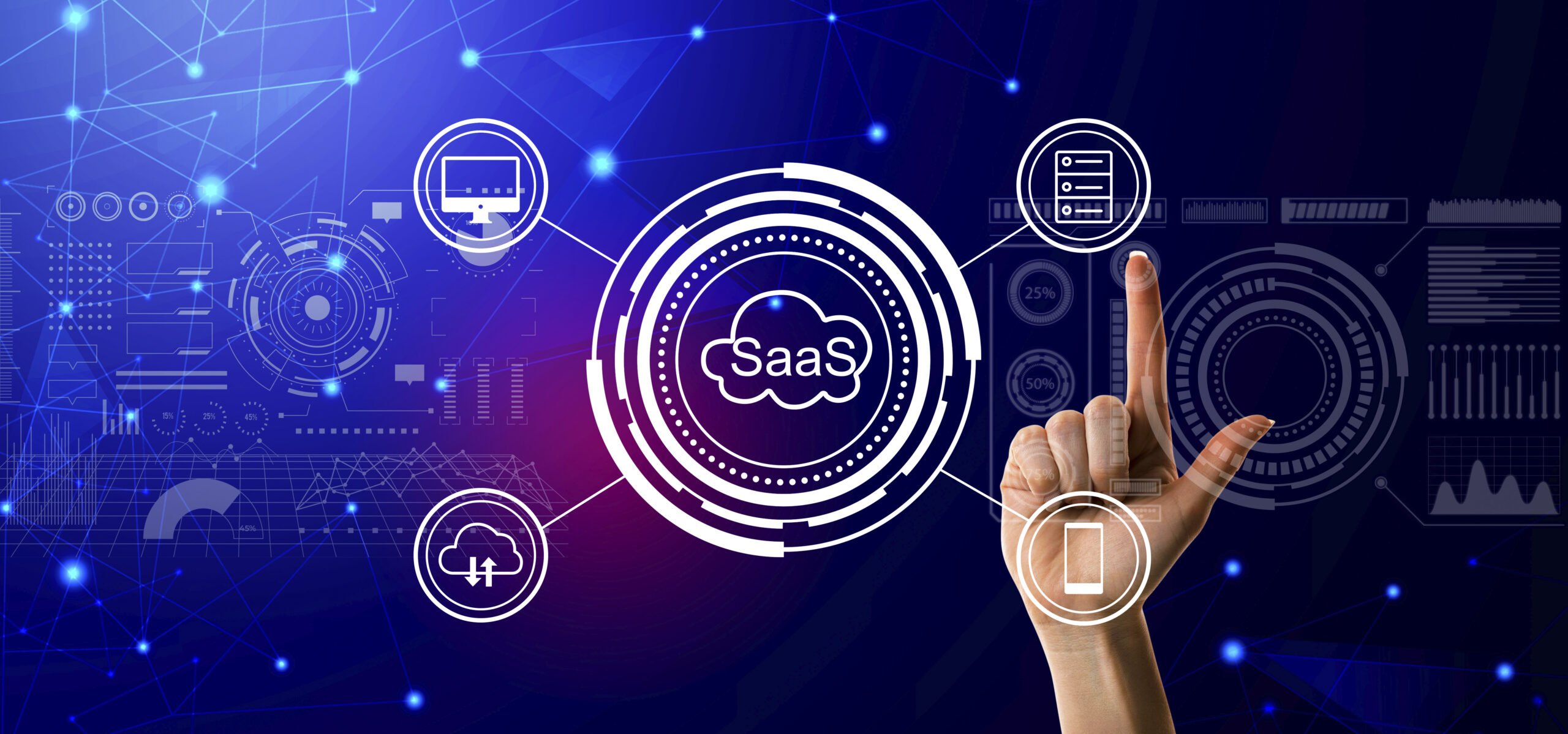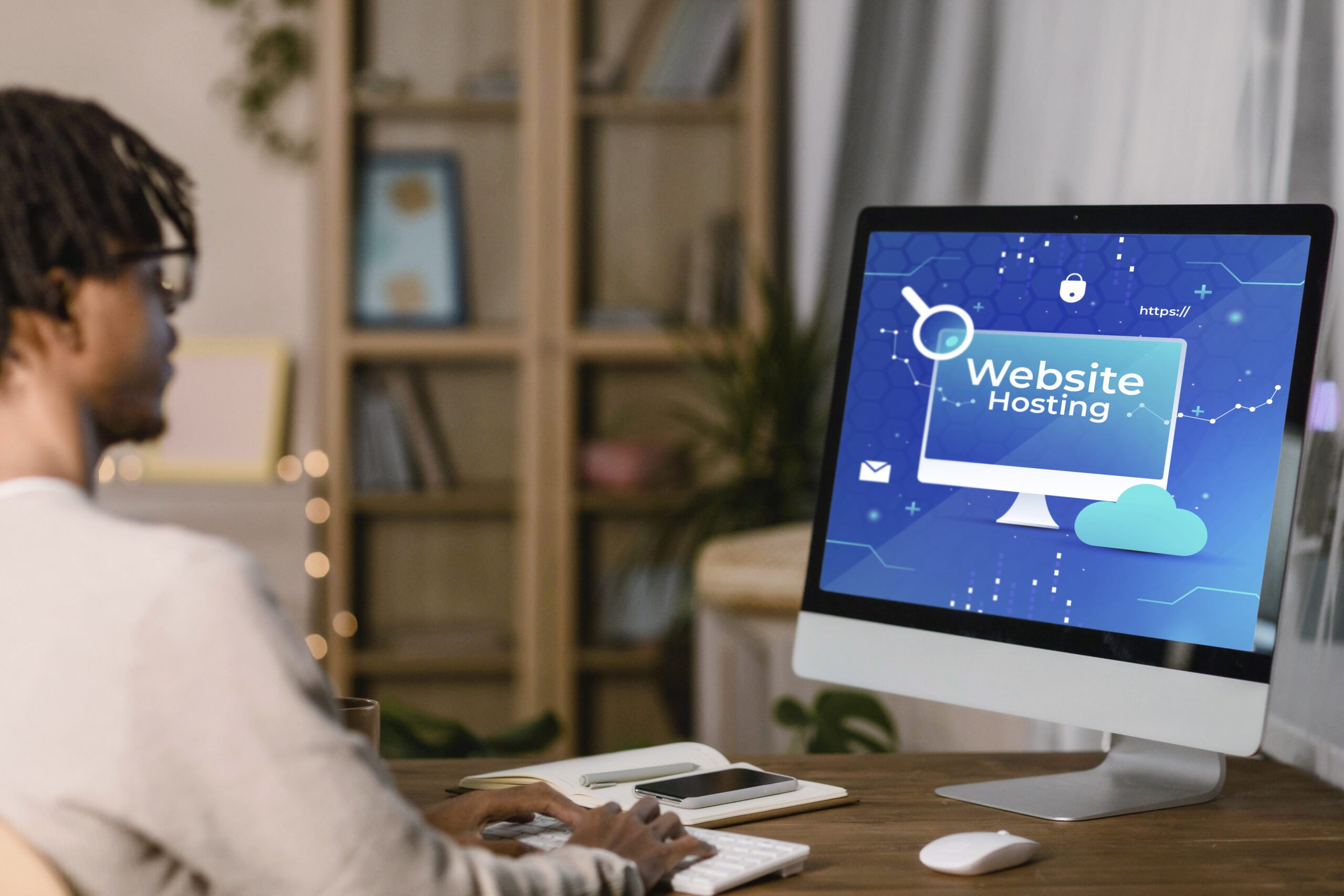Software as a service (SaaS) is a software distribution model in which a third-party provider hosts and makes applications available to customers via the Internet.
What is software as a service?
SaaS is a software distribution model in which a cloud provider hosts applications and makes them available to end users via the internet. An independent software vendor (ISV) may contract with a third-party cloud provider to host the application in this model. In the case of larger corporations, such as Microsoft, the cloud provider may also be the software vendor.
SaaS is one of three major cloud computing categories, along with infrastructure as a service (IaaS) and platform as a service (PaaS) (PaaS). SaaS applications are used by a wide range of IT professionals, business users, and personal users. Personal entertainment, such as Netflix, to advanced IT tools are examples of products. SaaS products, in contrast to IaaS and PaaS, are frequently marketed to both B2B and B2C users.
Based on a recent McKinsey & Company report, technology industry analysts predict that the software as a service market will continue to grow, with the market for SaaS products expected to reach $200 billion by 2024.
How does software as a service work?
The cloud delivery model is used for SaaS. A software provider will either host the application and associated data on its own servers, databases, networking, and computing resources, or an ISV will contract with a cloud provider to host the application in the provider’s data center. Any device with a network connection will be able to access the application. Web browsers are typically used to access SaaS applications.
SaaS is closely related to application service provider (ASP) and on-demand computing software delivery models, in which the provider hosts the customer’s software and distributes it to authorized end users via the internet.
In the software-as-a-service (SaaS) model, the provider provides customers with network-based access to a single copy of an application designed specifically for SaaS distribution. The source code of the application is the same for all customers, and when new features or functionalities are released, they are made available to all customers. Customers’ data for each model may be stored locally, in the cloud, or both locally and in the cloud, depending on the service-level agreement (SLA).
Organizations can use application programming interfaces to integrate SaaS applications with other software (APIs) For example, a company can create its own software tools and integrate them with the SaaS offering by utilizing the APIs provided by the SaaS provider.
SaaS architecture
SaaS applications and services are typically multi-tenant, which means that on the host servers, a single instance of the SaaS application will be running, and that single instance will serve each subscribing customer or cloud tenant. All customers, or tenants, will use the same version and configuration of the application. Despite the fact that different subscribing customers will be running on the same cloud instance with a shared infrastructure and platform, data from different customers will be kept separate.
Due to the typical multi-tenant architecture of SaaS applications, the cloud service provider can manage maintenance, updates, and bug fixes more quickly, easily, and efficiently. Rather than having to implement changes in multiple instances, engineers can make necessary changes for all customers by maintaining a single, shared instance.
Furthermore, multi-tenancy makes a larger pool of resources available to a larger group of people without jeopardizing critical cloud functions such as security, speed, and privacy.
What are the advantages of SaaS?
SaaS eliminates the need for businesses to install and run applications on their own computers or data centers. This eliminates the costs of purchasing, provisioning, and maintaining hardware, as well as software licensing, installation, and support. Other advantages of the SaaS model are:
- Flexible payments. Customers subscribe to a SaaS offering rather than purchasing software to install or additional hardware to support it. Many businesses benefit from better and more predictable budgeting by converting costs to recurring operating expenses. Users can also cancel SaaS offerings at any time to avoid recurring costs.
- Scalable usage. Cloud services, such as SaaS, provide a high level of vertical scalability, allowing customers to access more or fewer services or features on demand.
- Automatic updates. Customers can rely on a SaaS provider to automatically perform updates and patch management instead of purchasing new software. This reduces the burden on in-house IT staff even further.
- Accessibility and persistence. Users can access SaaS applications from any internet-enabled device and location because SaaS vendors deliver them over the internet.
- Customization. SaaS applications are often customizable and can be integrated with other business applications, especially across applications from a common software provider.
What are the challenges and risks associated with SaaS?
SaaS also introduces some risks and challenges because businesses must rely on third-party vendors to provide software, keep that software operational, track and report accurate billing, and provide a secure environment for the company’s data.
- Issues beyond customer control. Issues can arise when providers experience service disruptions, impose unwanted changes to service offerings or experience a security breach — all of which can have a profound effect on the customers’ ability to use the SaaS offering. To proactively mitigate these issues, customers should understand their SaaS provider’s SLA and make sure it is enforced.
- Customers lose control over versioning. If the provider adopts a new version of an application, it will roll out to all of its customers, regardless of whether or not the customer wants the newer version. This may require the organization to provide extra time and resources for training.
- Difficulty switching vendors. As with using any cloud service provider, switching vendors can be difficult. To switch vendors, customers must migrate very large amounts of data. Furthermore, some vendors use proprietary technologies and data types, which can further complicate customer data transfer between different cloud providers. Vendor lock-in is when a customer cannot easily transition between service providers due to these conditions.
- Security. Cloud security is frequently mentioned as a major challenge for SaaS applications.
SaaS security and privacy
The cybersecurity risks of software as a service differ from those of traditional software. The software vendor is responsible for removing code-based vulnerabilities in traditional software, while the user is responsible for running the software on a secure infrastructure and network. As a result, the independent software vendor and third-party cloud provider are more responsible for security.
Despite the rapid adoption of cloud-based models for fully serviced software products, organizations continue to have security and privacy concerns about SaaS products. These concerns include:
- encryption and key management;
- identity and access management (IAM);
- security monitoring;
- incident response;
- poor integration into broader, company-specific security environments;
- compliance with data residency requirements;
- data privacy;
- cost of investing in third-party tools to offset the SaaS security risk; and
- lack of communication with technical and security experts during the sales process.
SaaS vs. IaaS vs. PaaS
SaaS, along with IaaS and PaaS, is one of the three major cloud service models. All three models rely on cloud providers who provide their own hosted data center resources to customers via the internet.
The models differ in terms of product completeness. SaaS applications are fully managed and complete applications. IaaS primarily involves the outsourcing of data center resources, whereas PaaS provides a development platform and other tools hosted by the provider’s data center.
Users of SaaS applications are not required to download software, manage existing IT infrastructures, or deal with any aspect of software management. Maintenance, upgrades, support, security, and all other aspects of software management are handled by vendors.
Businesses that want to outsource their data center and computer resources to a cloud provider use IaaS. Infrastructure components such as servers, storage, networking hardware, and virtualization resources are hosted by IaaS providers. Customers who use IaaS must continue to manage their data, applications, and operating systems (OSes).
PaaS serves as a resource framework for an organization’s in-house developers. Developers can use this hosted platform to create customized applications. The vendor manages the tools’ data center resources. Customers who use PaaS services do not have to manage their operating systems, but they must manage their applications and data usage.
SaaS vendors and examples
A wide range of software vendors and products are available in the SaaS market. Small, single-product vendors all the way up to cloud behemoths like AWS and Google are industry participants.
In addition, SaaS products range from video streaming services to IT business analytics tools. Email, sales management, customer relationship management (CRM), financial management, human resource management (HRM), billing, and collaboration are all SaaS applications. Vertical SaaS products are enterprise SaaS products that cater to specific industries, such as insurance or medicine.
SaaS products may be marketed primarily to B2B, B2C, or both markets. Examples of popular SaaS products include:
- Salesforce
- Google Workspace apps
- Microsoft 365
- HubSpot
- Trello
- Netflix
- Zoom
- Zendesk
- DocuSign
- Slack
- Adobe Creative Cloud
- Shopify
- Mailchimp
SaaS pricing
Generally, using a SaaS product is more cost-effective than a traditional software license for enterprise software, as setup and installation onto hardware are not necessary. SaaS providers typically use one of many subscription-based pricing models for customers.
- Free, or ad-based. A service may be free for users, with the SaaS provider generating revenue through selling advertisement space. In this model, there is typically an option to upgrade to a paid tier that doesn’t include intrusive ads.
- Flat rate. Customers are granted access to the software’s full suite of features for a fixed monthly or annual subscription fee.
- Per user. Pricing is determined by how many people will be using the service for each subscription. There is a fixed price for every user.
- Per user tiers. Pricing tiers are based on a range of how many active users can exist on a single subscription.
- Storage tiers. Customers may have free access to a service but will be required to pay for storage if they wish to continue using the product after they pass the free limit.
- Pay-as-you-go, or usage-based. The more customers use the service, the more they are billed and vice versa.
- Per active user. This incorporates aspects of the “per-user” and “pay-as-you- go” strategies. Subscribers are billed per user, but only if the user has been actively using the service beyond a defined threshold.
- Feature-based tiers. Price tiers are determined by the amount of features the subscriber seeks. In this model, reduced versions of the software with limited features are available for a lower price than the maximum functionality tier. Additional feature tiers in between the minimum and maximum functionality tiers may also exist.
- Freemium. The service will be generally free to use with an entry-level tier. However, there will typically be functional restrictions in place that are designed to upsell customers to a paid tier.


